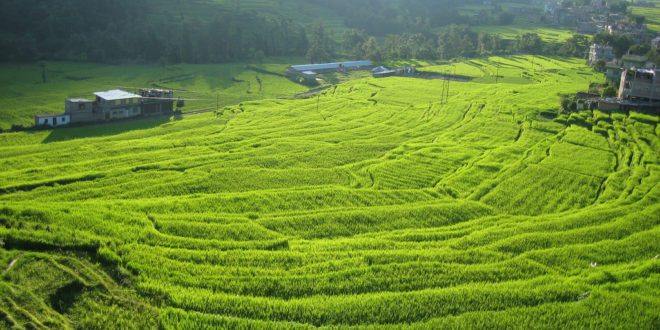Hybrid rice profits for the Asian community sees a definite lilt in further productions with a positive foreseen revenue within the five years and pending value by 2026.
While there are also significant fall-backs that are expected from the foreseen circumstances, starting with the limited and somewhat diminutive workforce, along with, possible inclinations that may go with unforeseen natural events.
Still, it is seen that the viable option of the high strain provided by the hybrid rice creates a quality with resilience past the natural grain, while also taking root into making a higher yield among the produce. The positive tilt in this creates a more prominent avenue for this market, creating more significant chances for researches, especially in higher production for bigger yield turn-outs.
Hybrid rice in itself has been made for the quality that it sustains and the production that comes in turn for planting them. The problem with dealing with this type of rice is that it is too costly to obtain the seeds for planting.
When it comes to farming, it may not be of profitable use to continuously follow the same type of crop year in and year out, as the soil may be unmaintainable from the previous stock of grain. The grain produce has become of better quality over the years of experimenting with the grain seeds, and further developments within the Asian region that grows them are continually being made.
With the higher lilt of the possible revenue, the hybrid grain attains a better status in further productions and with possible distribution later on. This grain may solve problems in regards to scarcity or overall depletion of potential resources, and with a positive review on value credited for it, it becomes a steadfast avenue for a regular consumable.
Rice itself being a critical staple resource among the regions that it belongs to, is primarily brought to concern and any issues in regards to quality in light of favorable banking of value can be remediated by the function of the hybrid rice.

